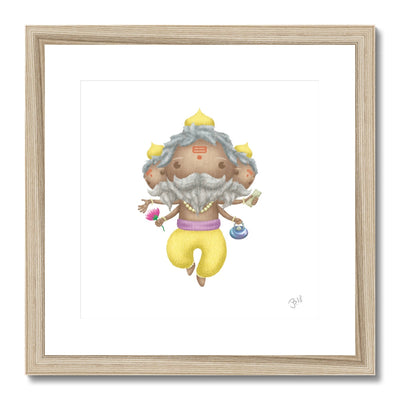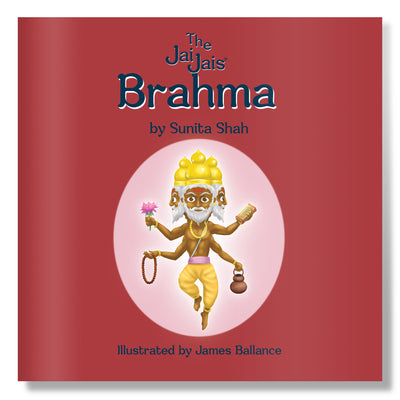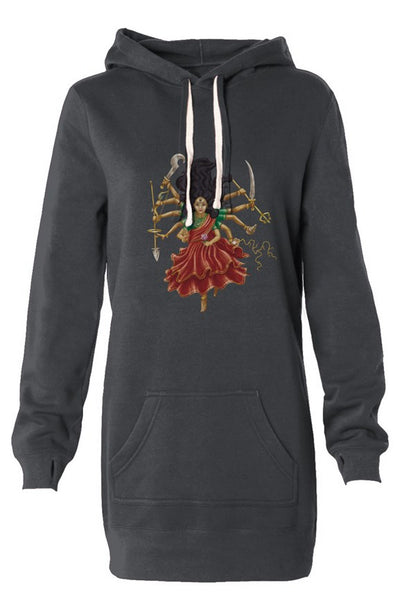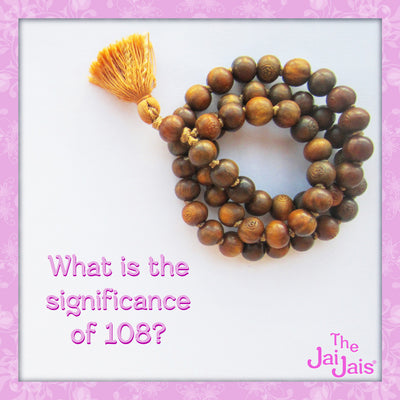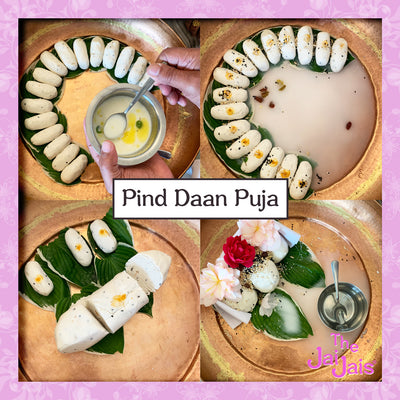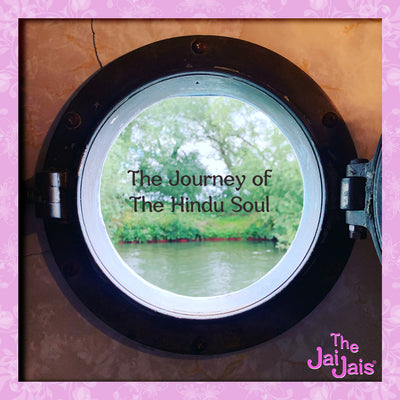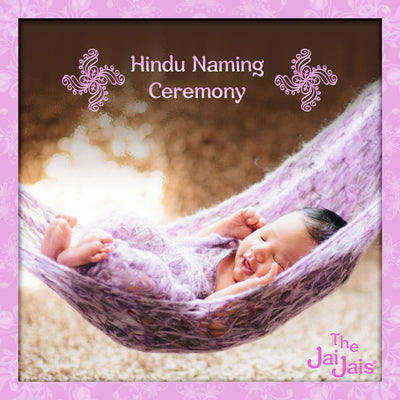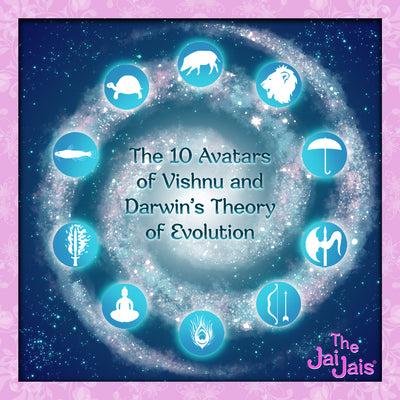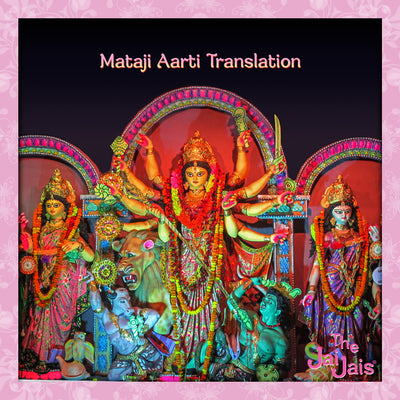The first part of namaste comes from "namaha," a Sanskrit verb that originally meant "to bend." Bending or bowing is a sign of showing respect. Over time, "namaha" went from meaning "to bend" to meaning "salutations" or "greetings. "The "te" in namaste means "to you,". Therefore namaste literally means "greetings to you." In the Vedas, namaste mostly occurs as a salutation to a divinity.
While saying Namaste in the traditional style, you must bow slightly and press both the hands together, with fingers pointing upward, thumbs on the inside near the chest and palm touching – it is called Anjali Mudra. There are many nerve endings on our palms. When you press your palms against each other the Anajali Mudra pressure points are activated. It leads to better absorption of the divine energy by our bodies. Activating the Anjali Mudra is said to balance our energies and bring a sense of calm.
Against the western culture of shaking hands which facilitates a faster exchange of energies, in Namaste, your hands form a Anajali Mudra. This is done because you are bowing down to the spiritual energy within a person, rather than their physical aura. When you have physical contact, negative aura from other people can flow towards you, which does not happen if you say Namaste. In this Covid climate shaking hands is a definite no no! many have replaced their greeting using the joining of hands.
India is a hugely diverse country. Hence, Namaste is spoken differently in various cultures and languages. In Telugu, it is called Namaskaramulu, while in Kannada it is spoken as Namaskara or Namaskaragalu. Vanakkam is how you say it in Tamil and Namaskaram in Malayalam. In East India, it is called Nomoshkar in Bengali and Nomoskar in Assamese.




